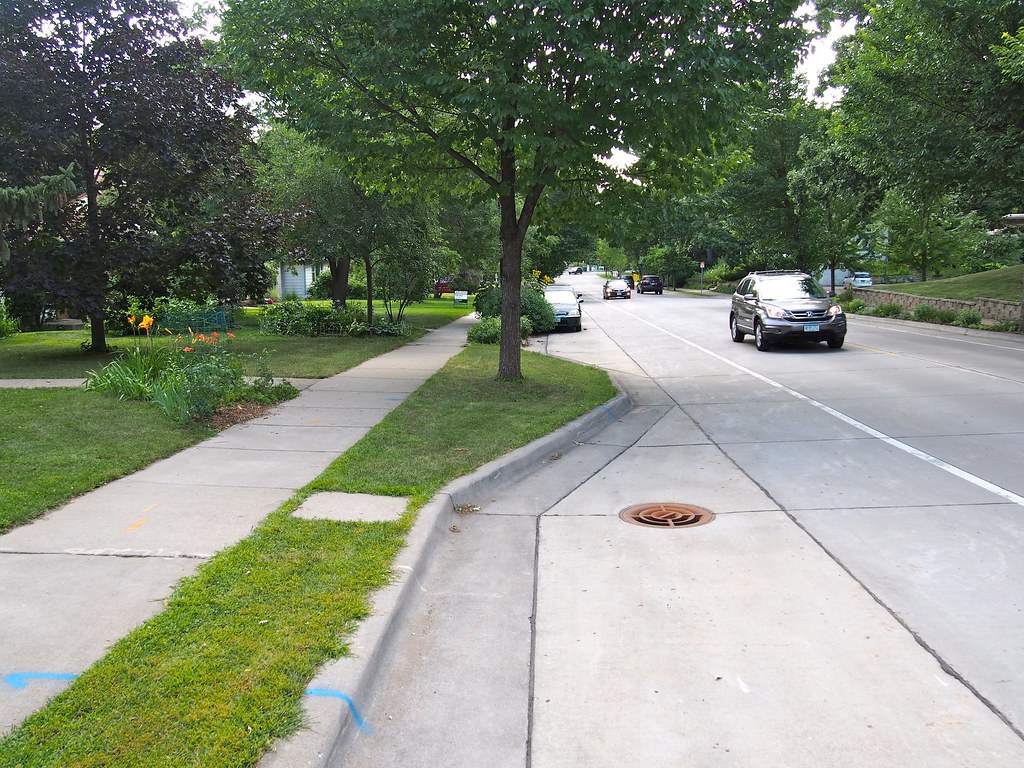3.3C Greening
Search Content
Download PDF
Print Guide
Introduction
Greening encompasses a range of vegetative and pervious practices that can be categorized as urban landscaping, such as street trees, grass, and other plantings, or green stormwater infrastructure, which additionally provide stormwater management benefits.
Green the streets is a strategy in the Transportation Action Plan that helps guide this guidance. Greening brings life to the street, capture carbon from the air, reduce heat island effects, and provide critical stormwater management function to reduce localized flooding and improve water quality. The City will seize opportunities as we make improvements to streets to increase functional and aesthetic street treatments that contribute to climate benefits in the city. Functional elements treat and/or contain stormwater before entering the larger stormwater network (see green stormwater infrastructure guidance). Urban landscaping includes public realm improvements like plantings, boulevards, and trees that help contribute to a sense of place.
Design Considerations
|
Space for greening |
More space for greening should be provided whenever feasible while balancing other demands for the street. In most cases, designers should make every effort to include at least 5’ of space on both sides of the street to support healthy street trees and green stormwater infrastructure. If needed, these strategies should be considered, in combination as needed, to support healthy trees on both sides of the street:
|
|
Prioritize trees and green stormwater infrastructure |
Street trees and green stormwater infrastructure should generally be prioritized over other types of greening given their multiple benefits. |
Figure 3.3C.1:
Midblock curb extension in parking lane to provide space for greening




